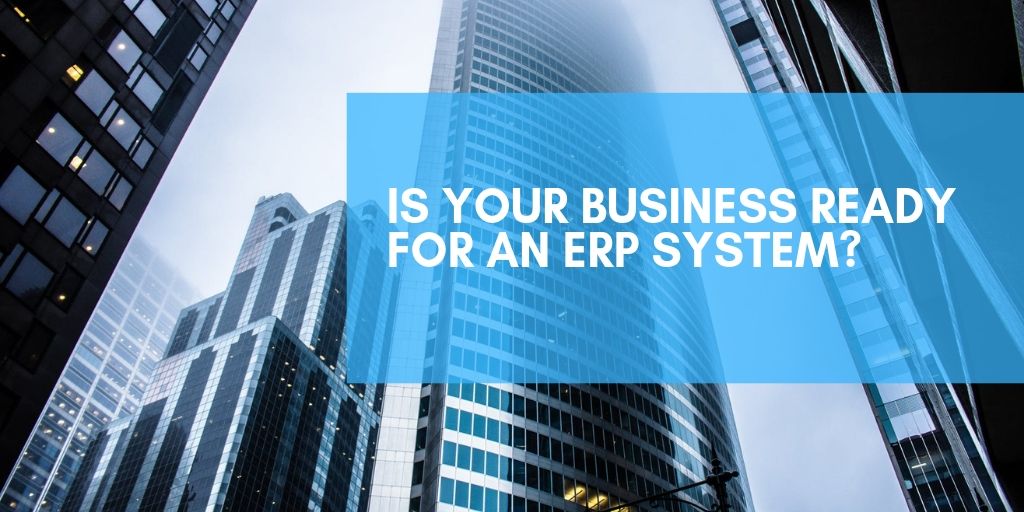Last Modified: August 8th, 2024
4 min read

The presence of business software in small or medium businesses in becoming a norm for most brick and mortar establishment. This is even more evident in tech-focused companies. A few years ago a business that has an office suite with a word processor, spreadsheet, slide presentation, and basic paint is all that is needed to efficiently run a business. Fast forward a couple of years, the basic suite is no longer enough.to streamline the complex interlaced business processes.
Most small and medium businesses have moved from simple spreadsheets to fully dedicated accounting software. It’s not just the accounting department that evolved from using simple word processors and spreadsheets, The Human Resource Department now has a dedicated business software as well, the HRIS or Human Resource Information System. The Sales and Marketing department has also evolved from using word-processors and slide presentation to powerful Automated Marketing Software and Customer Relationship Management (CRM) Systems.
What is ERP?
Enterprise Resource Planning or ERP for short is a business software or a suite of software that helps businesses manage and monitor business processes from different departments like accounting, human resources, project management, supply chain, and etc.
Signs That Your Business Needs an ERP System
Having multiple business software that is unable to communicate or transfer data from one another can be more detrimental to your business than having no business software at all, that is why it is important for businesses to assess when they need an Enterprise Resource Planning (ERP) System that integrates all the functions of the independent business software into one omnichannel system. We have listed the signs and symptoms when your business has overstretched the functionalities of simple business software.
1. Your Business Has Multiple Software
A classic symptom that is often overlooked by most businesses is the use of multiple business software in different departments. The software is compartmentalized from one another making it hard for employees to collaborate and share data in between departments. The disadvantages of running separate front-end and back-end business systems may not be apparent early on but once business grows typically a business software is no longer able to scale together with the growth of the business.
2. Crucial Business Data is not Easily Accessible
The number of business software being used by your business makes it hard for your staff to collect and collate data. Different Business software each has different data properties and consolidating it can take a considerable amount of tie and adds an unnecessary layer of clerical work that is tedious and prone to error.
3. You Have Duplicate Information For Your Business Data
One of the key indicators that your business needs an ERP system is when business there are unnecessary duplicates of business information like client data, product, inventory and vendor data. Data for your products and inventory exists in multiple instances that cannot correlate with each other and have to be manually updated and reconciled in between business software.
4. Multiple I.T. Infrastructure
Different business software might require different hardware specifications or operating systems. Having multiple I.T. Infrastructure to handle your business software can be very costly to purchase, run and maintain. The added hours and cost required to operate the additional infrastructure can negate the benefits of the business software and might potentially end up costing more in the long run.
As businesses grow that amount of data that is being processed also grows as well as the volume of the cash flow. This increases the strain on the staff that leads to errors and incorrect data that can negatively affect the business as a whole. Enterprise Resource Planning (ERP) systems help reduce the strain by automating repetitive business processes and providing a single channel data repository for the different departments of the business.
Points to Consider When Purchasing an ERP System
ERP systems require a considerable investment of time and money that is why when small or medium businesses are considering an ERP system it is often important to consider other factors than the total cost of ownership. Small and Medium business must take into account the future growth of the business as well as other requirements from the business software that might be needed further down the line. Businesses should also consider if the ERP system can be integrated with an existing or future third-party application. Another important point to consider the availability of reliable solutions providers that can help you fully leverage the functionalities of the ERP system.
1. Consider The Future Growth of the Business
One of the important points to consider when identifying an ERP system for your business is the future growth of the business. The system must be able to cope with rapid expansions and must be scalable to meet the future demands of your business.
2. Customization and Integration
Each Business is unique and you should choose an ERP system that can be easily customized to fit specific business requirements. Businesses should choose a system that can easily be integrated into other third-party applications for greater flexibility and adaptability.
3. The Type of ERP System
The Type of ERP system can greatly affect the total cost of ownership at the same time the initial cost of investment for the ERP system. Generally, there are two types of ERP systems, On-premise, and Cloud-based systems. Traditionally, On-Premise ERP Systems are for Large and Enterprise level businesses because of the high initial cost needed to implement the system. The type of ERP system can also affect the time of deployment and implementation of the system.
4. Time for Deployment
Businesses should also consider the time needed for implementation and deployment of the ERP system. On-premise ERP systems generally take at least 6 months to a year to implement and deploy depending on the requirements and specifications of the business. Cloud-based ERP systems are relatively faster to deploy at around an average of 3-6 months.
5. Type of Implementation (NetSuite)
For businesses opting for NetSuite, there are three options available when considering Implementation. The options are Self-Implementation, Direct Implementation, and through a NetSuite Solutions Provider Partner Implementation. For startups, Implementation through NetSuite Partners is the right choice so businesses can focus on their growth and leave the rest to the Solutions Provider Partner like Excelym.
Serge is a Managing Partner and the head of sales and business development.
Published on: May 21, 2019
